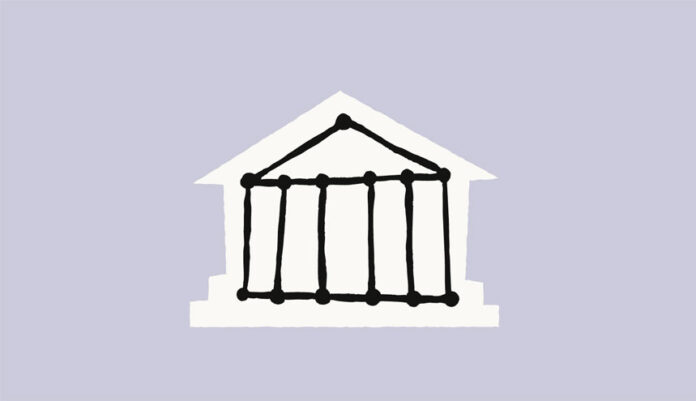In recent developments, OpenAI’s ChatGPT Enterprise and Anthropic’s Claude have been offered at no cost to the Federal Government, highlighting a significant architectural shift in public sector access to advanced artificial intelligence technologies. This initiative follows the inclusion of these companies within the General Services Administration’s list of approved AI vendors, an essential step for integrating AI into federal operations. This strategic pivot not only enhances governmental capabilities but also provides a fertile ground for analyzing and comparing leading AI platforms in terms of their strengths, weaknesses, costs, return on investment (ROI), and scalability.
OpenAI, known for its advanced natural language processing capabilities, has positioned ChatGPT Enterprise as a versatile tool for various applications, from customer service to data analysis. The integration with Azure Government Cloud further supports its use in secure environments, aligning with federal regulations such as the Federal Risk and Authorization Management Program (FedRAMP) High. However, a primary weakness lies in its reported dependency on Azure, which could limit flexibility regarding infrastructure choice. Organizations using OpenAI’s framework may face hurdles in diversifying their tech stack, potentially impacting long-term scalability. Nevertheless, OpenAI continues to innovate, which may enhance its appeal over time as it seeks to mitigate infrastructural limitations.
In contrast, Anthropic’s Claude has emerged as a robust competitor, especially with its inclusive offering across all branches of the U.S. government for a year. Its architecture is designed to handle sensitive unclassified workloads under FedRAMP High standards, making it a strong contender for federal use. Anthropic has established partnerships with major players like AWS, Google Cloud, and Palantir to bolster its secure infrastructure supporting a variety of applications. The company’s intent is clear: it aims to democratize access to advanced AI capabilities, asserting that the public sector must tackle complex challenges effectively. Claude’s practical applications are already evident, having been deployed in settings like the Lawrence Livermore National Laboratory and the District of Columbia Department of Health, showcasing its efficacy in real-world scenarios.
When evaluating costs, both OpenAI and Anthropic present competitive pricing models that can often be justified by their utility in enhancing operational efficiencies. Organizations must weigh the costs associated with training and implementation of these platforms against the expected ROI. Studies have shown that AI implementation can yield a ROI exceeding 300% over three years, contingent upon appropriate integration strategies. As federal agencies transition towards AI, understanding these financial metrics becomes crucial for budgeting and resource allocation.
Scalability also varies significantly between the two platforms. OpenAI’s reliance on Azure could impose limitations on organizations wishing to expand their use of AI across different public sector functions. This restriction could affect agencies aiming for large-scale implementations or integration with varied systems. By contrast, Anthropic’s design emphasizes flexibility through multiple cloud partnerships, facilitating easier scalability and integration into existing workflows. This adaptability, combined with its commitment to ensuring security compliance, positions Claude as an attractive option for government entities seeking efficient AI solutions.
Cost efficiency extends beyond initial investment to include ongoing operational expenses. Both platforms require personnel skilled in AI implementation and management, which can add to the total cost of ownership. The ability to train existing staff or hire new talent proficient in AI technology is a critical consideration that can influence an organization’s choice of platform. Government agencies, particularly, must consider the skills gap and prepare accordingly to maximize their investment in AI tools.
Another key element to consider is user experience and the overall ease of use of each platform. While both OpenAI and Anthropic prioritize user-friendly interfaces, the degree of customization and integrations available can impact user satisfaction and adoption rates. OpenAI’s capabilities have been widely appreciated for their intuitiveness; however, Anthropic’s Claude may offer additional functionalities and customization, appealing to agencies with specific needs or workflows.
As the public sector increasingly embraces AI technologies, leaders must conduct a thorough analysis of the available platforms, weighing features, costs, and potential ROI. This analysis should include a comprehensive risk assessment, particularly regarding data security and integration capabilities. The recent offerings of ChatGPT Enterprise and Claude present unique opportunities for government agencies to enhance their operations and better serve the public.
Effective leadership in the public sector is contingent upon making informed decisions based on solid data and comprehensive comparative analysis. OpenAI and Anthropic present distinct advantages and challenges that require careful consideration from agency leaders. Ultimately, the selected AI platform should align with the agency’s long-term goals and capacity for integration, scalability, and security compliance.
FlowMind AI Insight: The provision of advanced AI tools like Claude and ChatGPT Enterprise to federal agencies is more than a mere technology upgrade; it serves as a strategic investment in operational efficiency and public service enhancement. As the landscape of AI continues to evolve, organizations must stay attuned to both technological advancements and budgetary implications to fully harness these capabilities.
Original article: Read here
2025-08-18 07:00:00

